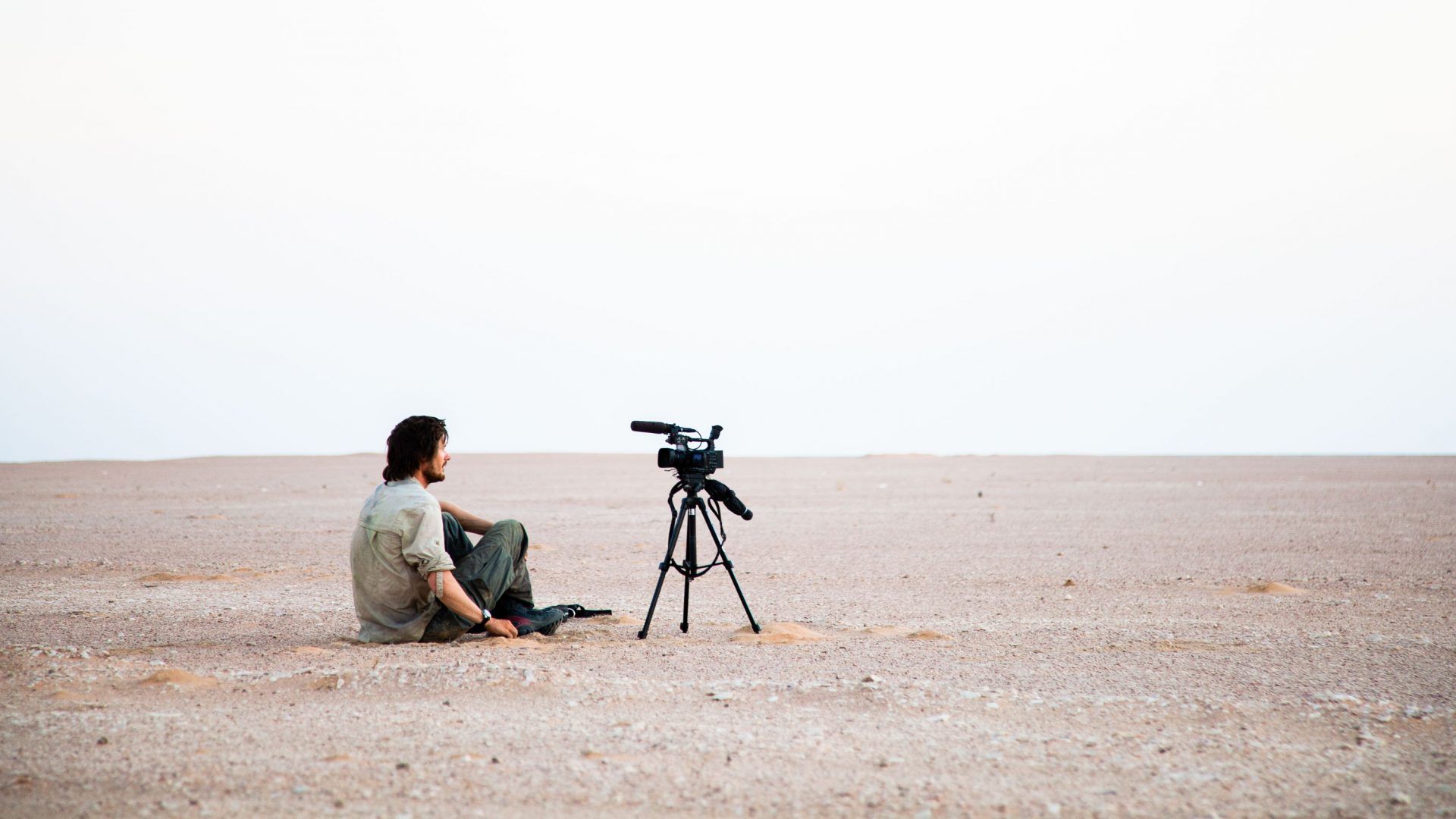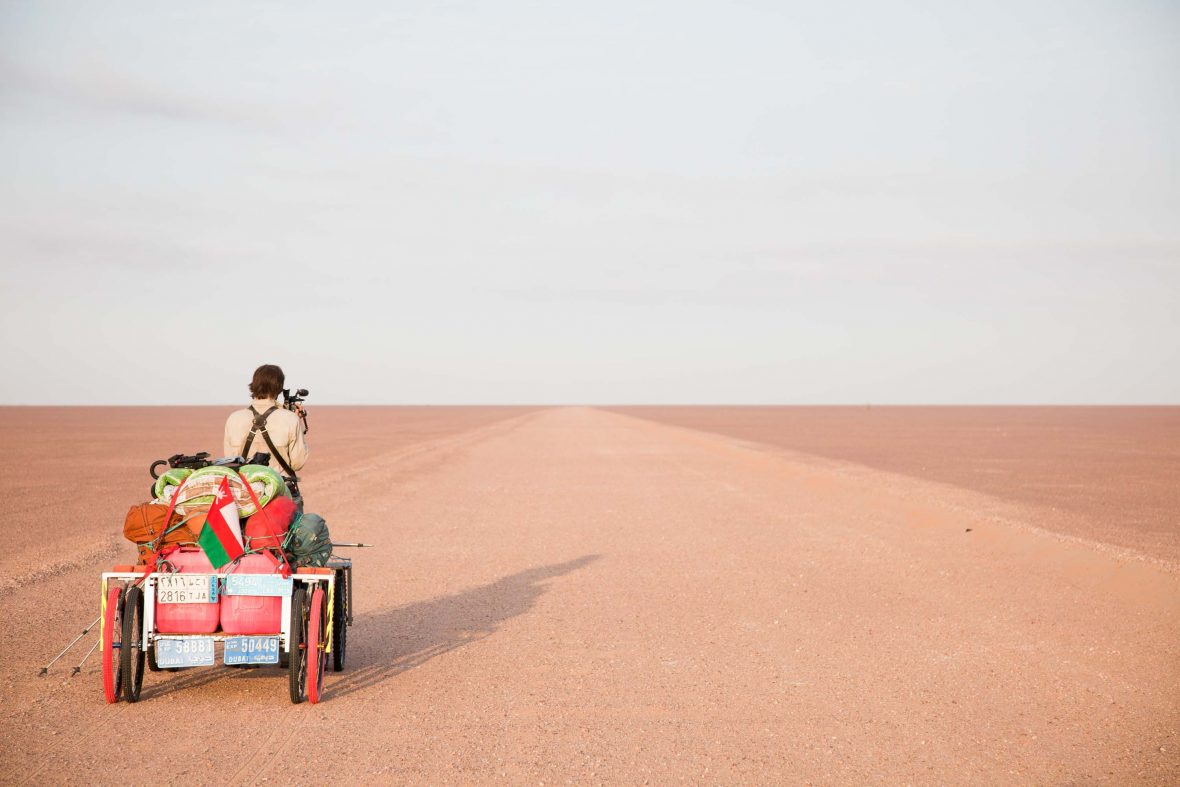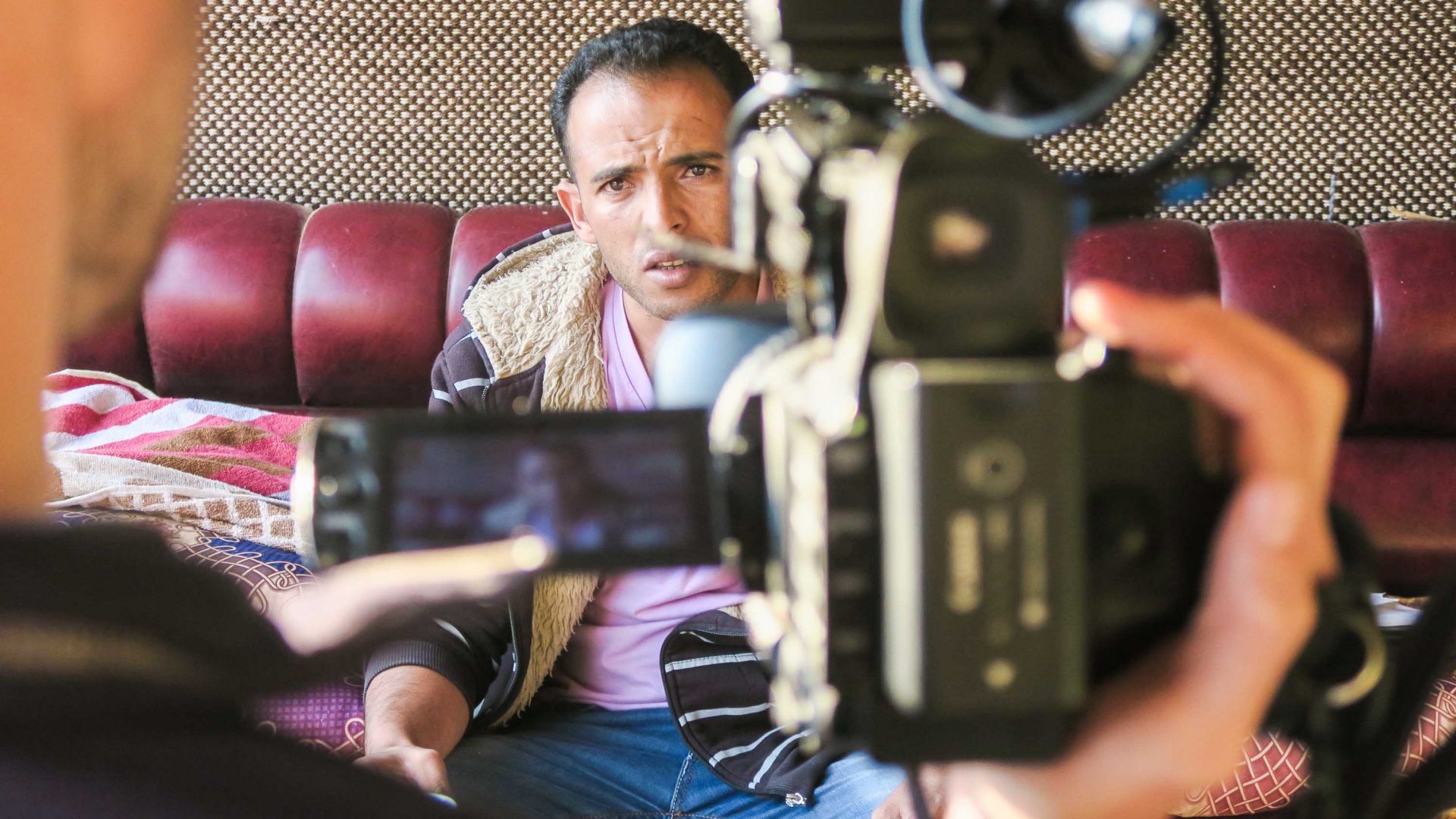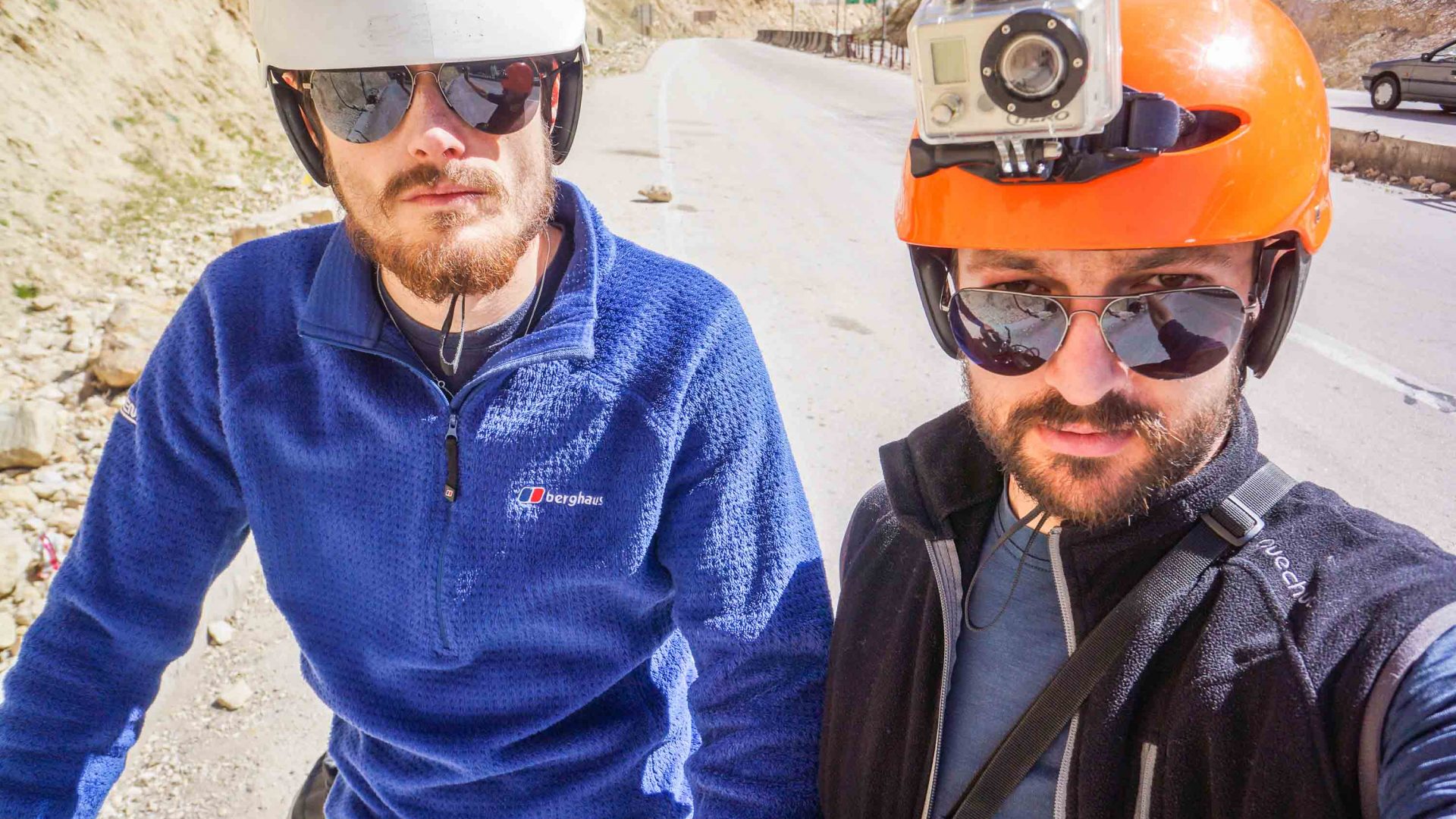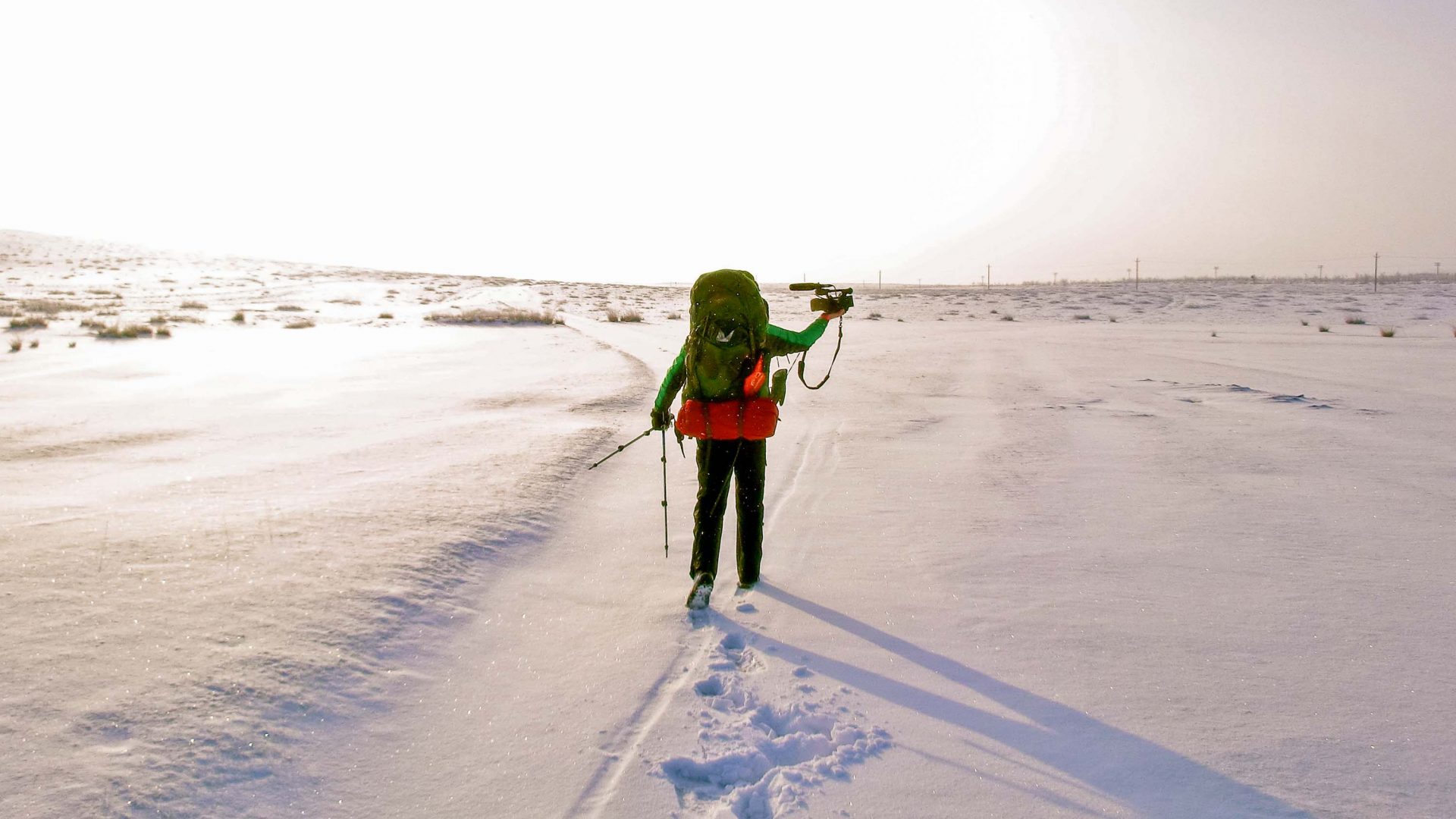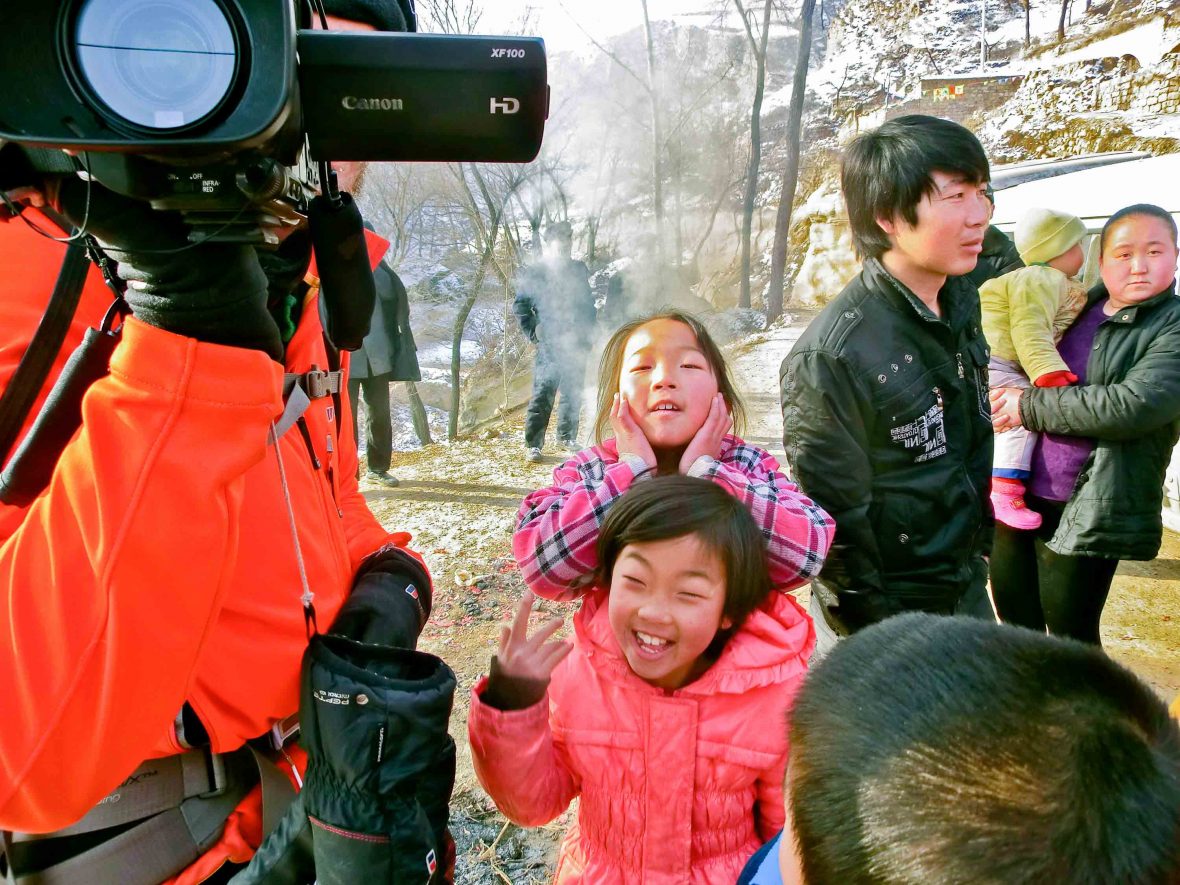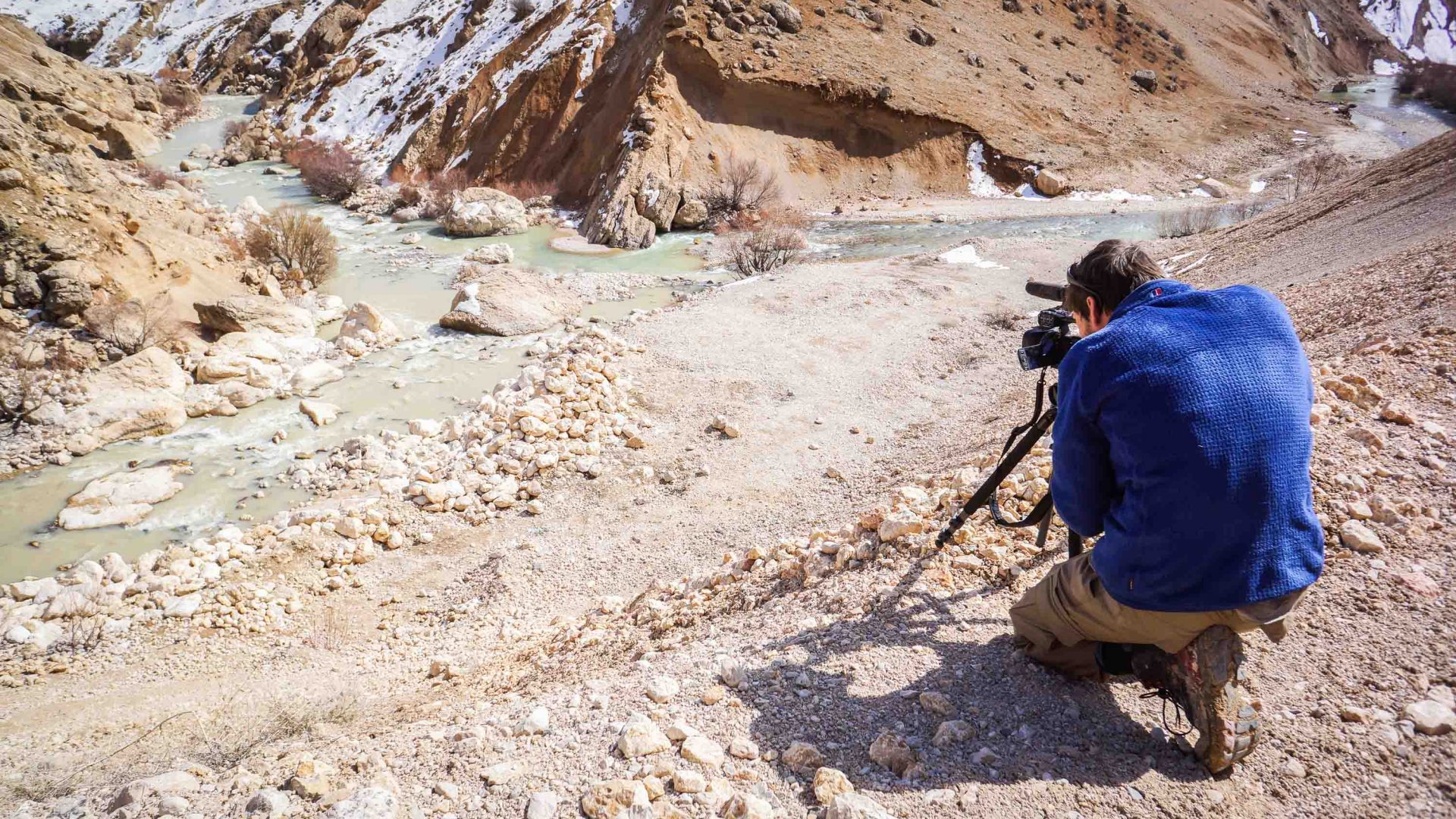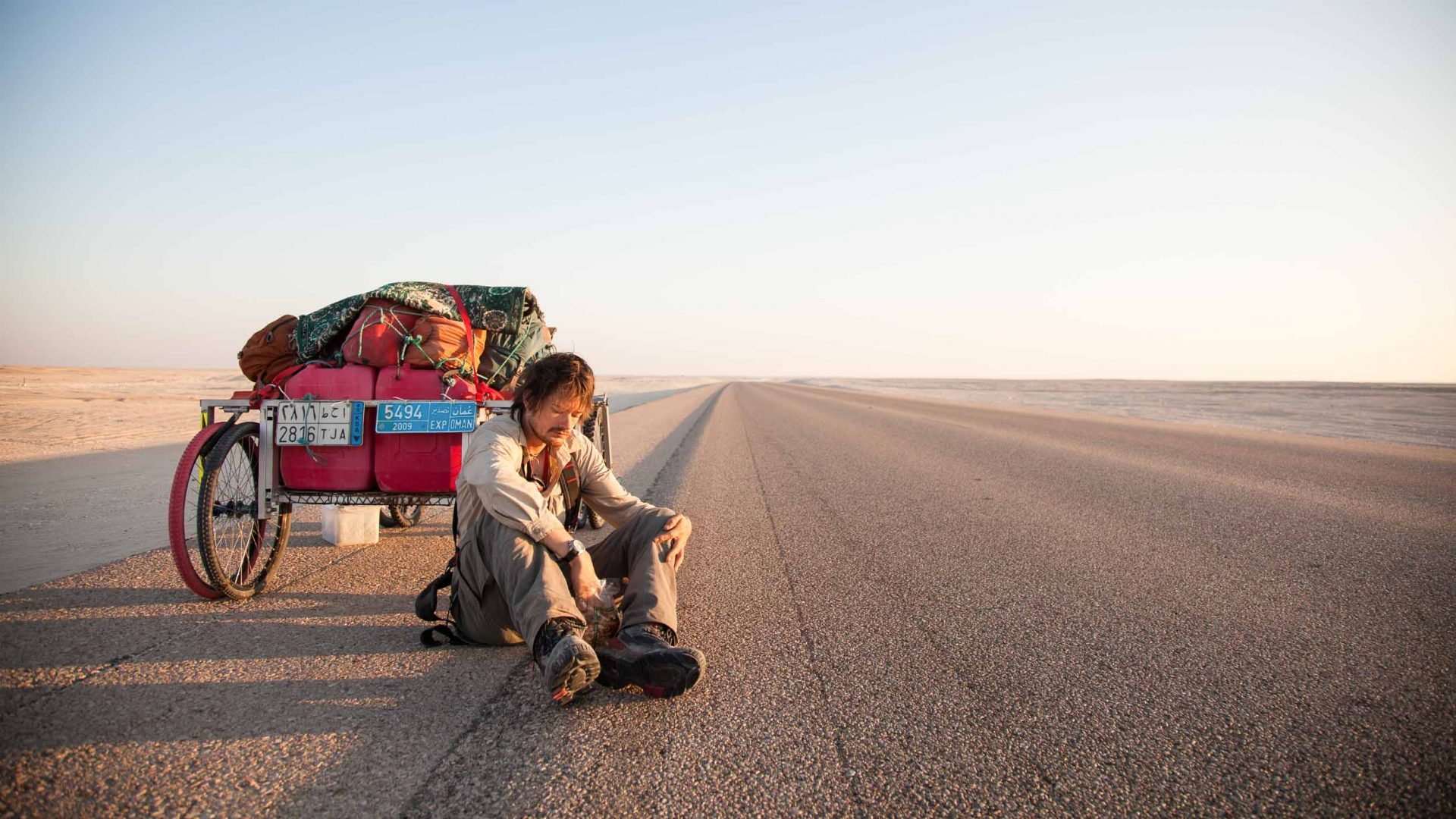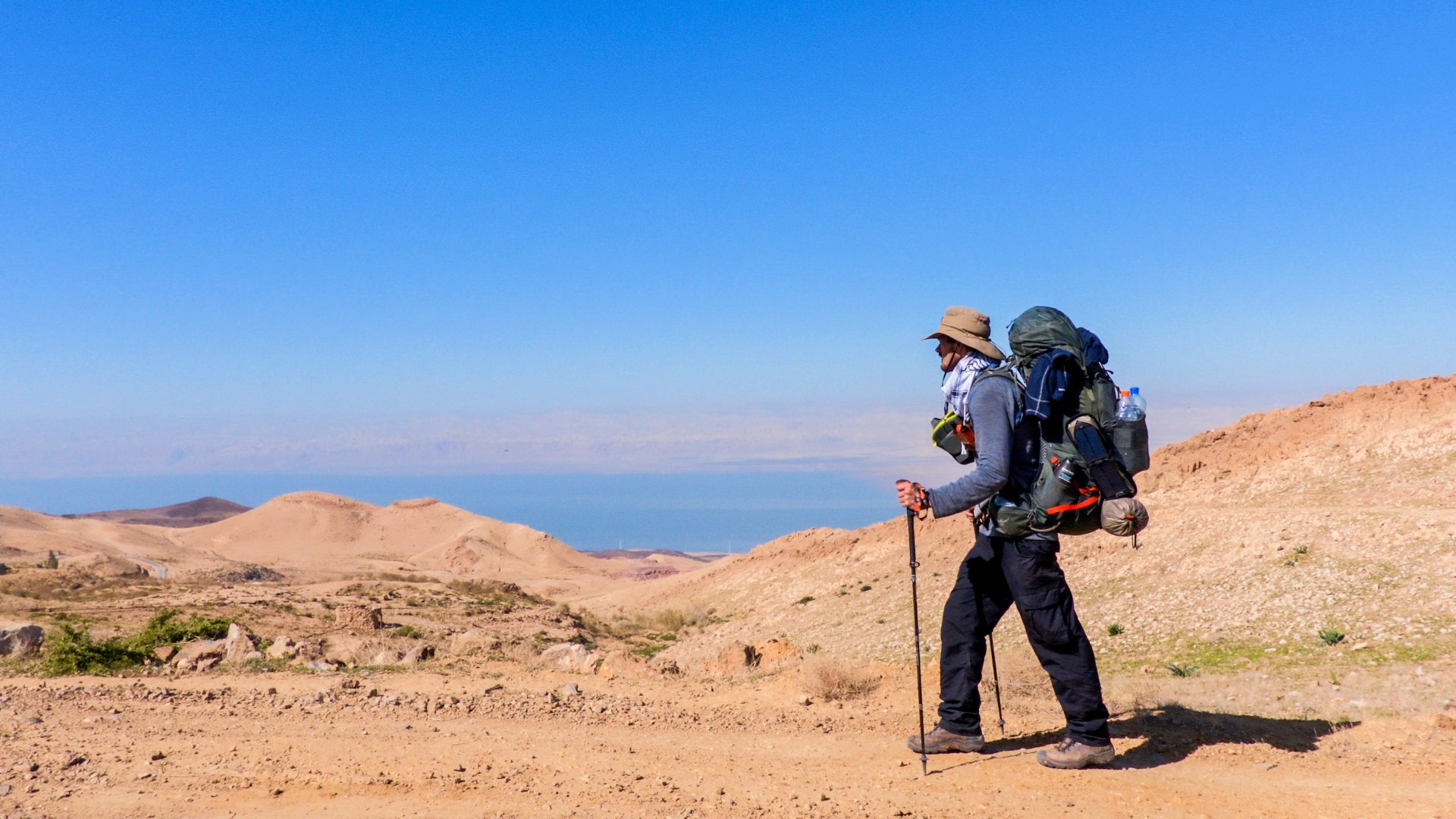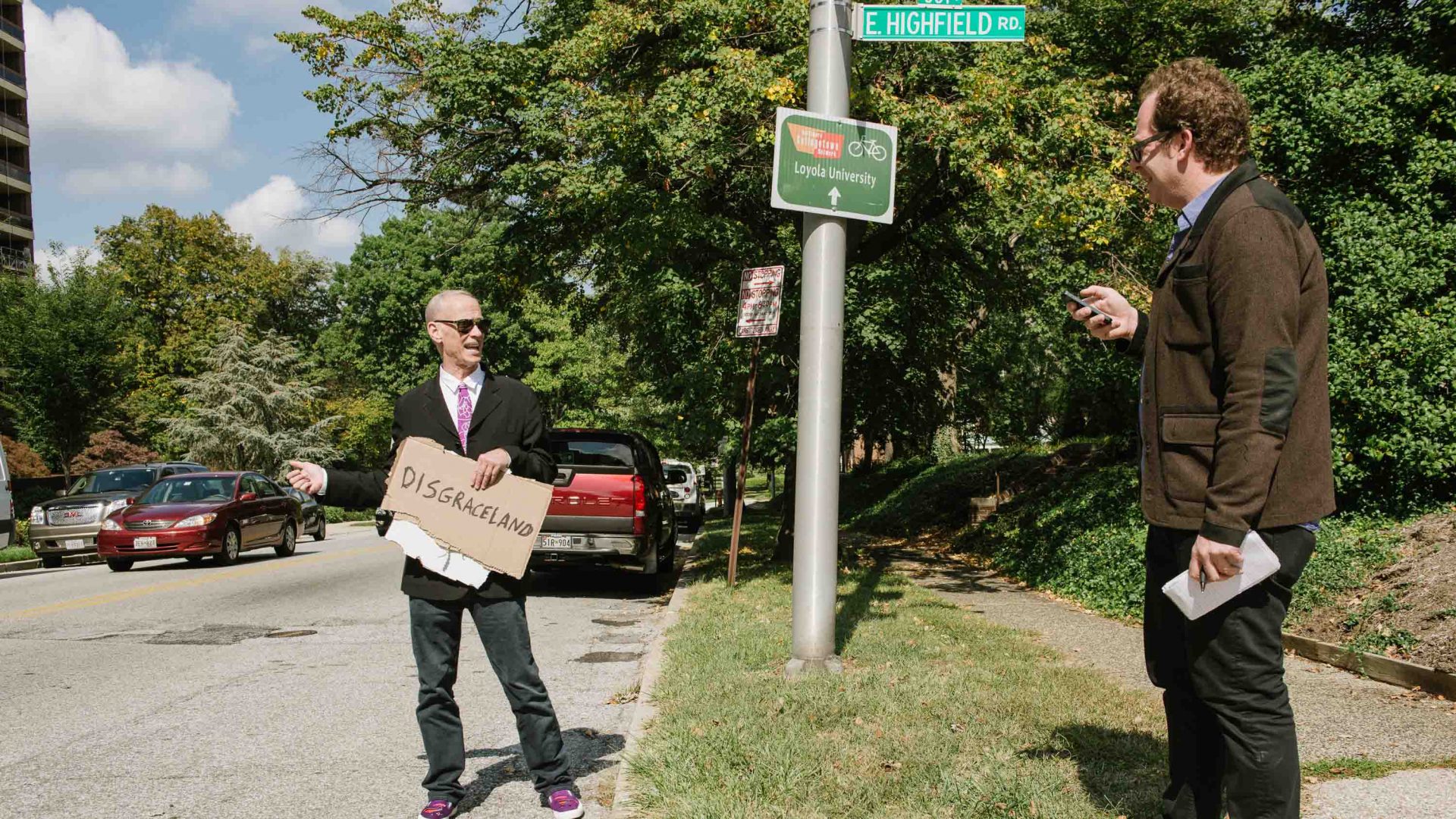You don’t need fancy equipment, a crew or lots of money to make a great short adventure film. Featured contributor Leon McCarron explains how anyone can get started.
In 2012, I walked across the Empty Quarter desert alongside my friend Alastair Humphreys. We had just two cameras to film the entire experience, but with time and energy, we eventually turned 40 hours of material into a one-hour feature. I was incredibly proud of what we put together—even more so when someone other than my mother gave us positive feedback. The film was selected for several festivals, including the Banff Mountain Film Festival and, for the first time, I felt like I could call myself a filmmaker.
A couple of years earlier, I’d had a very different experience. At 23 years old, I set off on a long bike trip. I’d watched the Long Way Round TV series in which Ewan McGregor and Charley Boorman travel from London to New York by motorbike and thought: “How hard can it be to make something similar?”
Filmmaking on your travels can be a fantastic way to share stories, but it takes a huge amount of planning, work and vision. It’s not something you can easily do half-heartedly. And yet spending too much time filming can also be a sure-fire way to ruin a dream trip.
So, before you read more, ask yourself: Are you heading off on the journey of a lifetime? Do you just want to focus on being present? If the answer is yes, then consider whether you’re willing to spend potentially a few hours of each day on this. And with that, the negativity is over. If you’re still with me, then welcome to the wonderful world of adventure filmmaking!
RELATED: Meet the men who spent 46 days in the wilderness (on purpose)
It’s easier to make films than ever before. Advances in technology and reductions in cost have democratized the process, and it no longer requires huge outlays of cash. Most of us will have a camera in the smartphone in our pockets and, for some purposes, this will be sufficient.
Next are the practicalities. I often think of filmmaking the way I think of writing; that it too has its own ‘grammar’ rules. You can grasp the basics in a few hours—and the beauty of that is we can create something meaningful quite quickly—but there’s also a lifetime of learning to become experts.
A good way to ‘study’ this grammar is to watch adventure and travel films that you like and note what shots they use. A typical film is generally made of individual scenes; self-contained narratives that link together. Each scene usually starts with an establishing shot, perhaps an image setting up the location or a wide shot of a building, street or landscape.
RELATED: In search of stories: How to travel like a travel writer
The next shot might cut in closer, to see the character in that setting, and possibly followed by a close-up of that character doing something—let’s say lifting a sandwich from the restaurant table or stepping over a muddy puddle in a forest. In three images, the viewer knows where we are, who’s there, and what’s happening.
